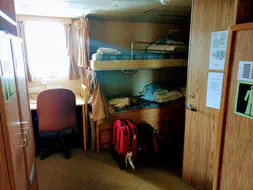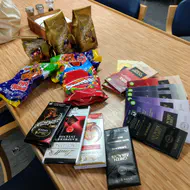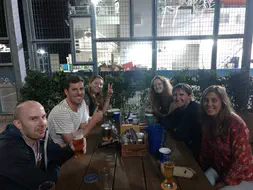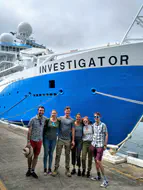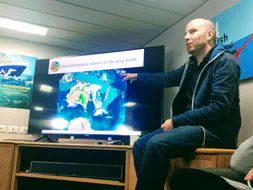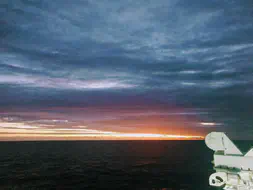Day 1 - The departure
Herein commences a month-long expedition to the Coral Sea. We’re going to dredge up rocks from the seafloor to better understand the tectonic evolution of the submerged continent, Zealandia. So far conditions are looking positive. Wave heights are less than 2 metres, and temperatures between 20-25°C. Good thing we’re not sailing through the Great Australian Bight!
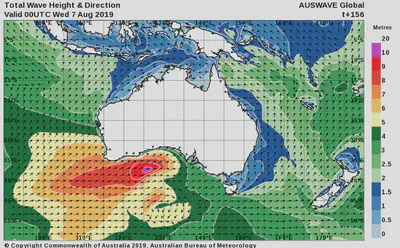
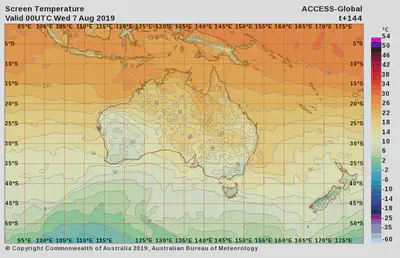
Preparations for time at sea
My priority purchase for a month at sea is chocolate. I bought all the chocolate. Apologies to anyone else in Cairns who shops at Coles, they will restock the shelves soon.
This is what a month's worth of chocolate looks like! Apologies to anyone in Cairns who shops at Coles. They will restock the shelves soon. pic.twitter.com/nWf9Meoj3z
— Ben Mather (@BenRMather) August 7, 2019
At today’s science induction we learnt about why the Coral Sea is a fascinating place to sample.
Simon Williams explaining the motivation for sampling underwater volcanoes in the Coral Sea 🌋 Most of the samples will be basalts (fingers crossed) and we'll be VERY excited if we find any granite on the seafloor! @EarthByteGroup #RVInvestigator pic.twitter.com/78yvjLoZWt
— Ben Mather (@BenRMather) August 7, 2019
We will be dredging the slopes of seamount chains to enhance our chance to collect basaltic rocks. While we will probably bring up some carbonates, they do not tend to settle in regions of high slope and so the basalt should be exposed. Granitic rocks would be exciting because that would represent fragments of continental crust making up part of the submerged continent of Zealandia.
